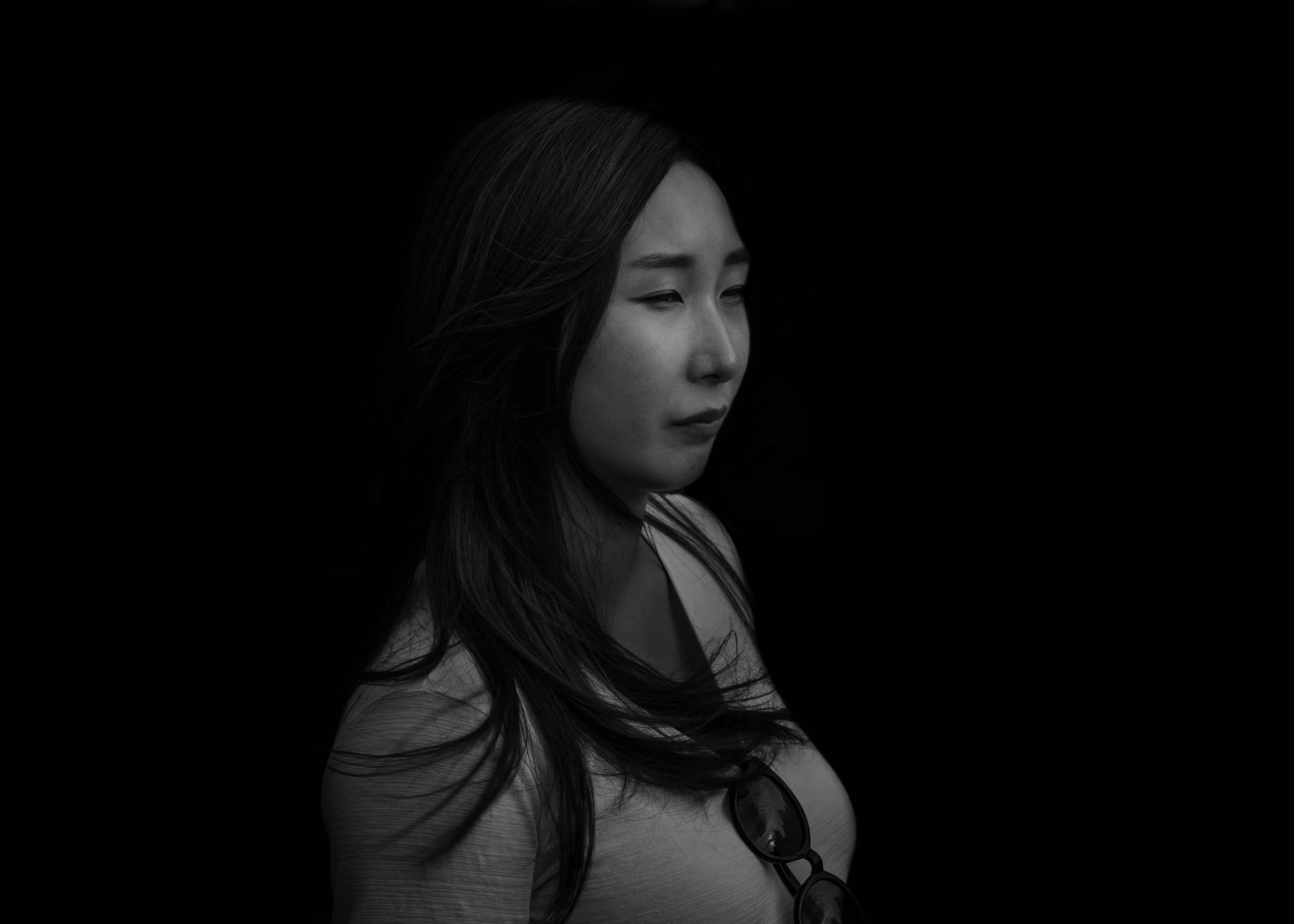
Mee told me about her recently passed mother when we were on our way to climb Huayna Potosi mountain in Bolivia. She was carrying her mother’s photo inside her coat pocket, wrapped carefully in a small plastic bag. For her that small piece of paper was the symbol of happiness and there was nothing in the world more important than that small black and white photo. As soon as we reached the summit, I set on the snow exhausted, I could hardly breath. I looked at Mee: strong, cold wind was blowing her black hair, but she wasn’t moving. She took out the photo of her mother, looked at it for a few seconds, and stared at the gray sky with her eyes closed. Mee stood on the summit like an icon of eternal memory. At that moment I knew that eventually she would go back to Korea, I would be back to Washington DC, but the image of her standing motionless on top of mountain while holding her mother’s photo and looking at the sky would be with me for the rest of my life.

Five months later I was in Arusha, Tanzania when I got an email from Mee. She wrote: “I live in Seoul now. After spending two months in Jeju islands I decided Seoul was the city I want to live in, at least for a few months. The city is full of wonder, immobility, exhaustion, insomnia, night trains. I feel weird. Even though Seoul has a lot to offer, I’m not excited about anything anymore. I’m cold and dry… sometimes feels like I even want to stop thinking about our time together… Delicacy of our shared moments of life are suspended in my micro time in space. Those moments have left me nothing but pain. I don’t know how long I would feel this way. It might go away… “
Mee loved literature. She could talk for hours about the history of Korean literature. Mee’s favorite writer was Yeo Ok-known as Korea’s first woman poet. Her poem Gonghuin tells a story of her husband, who one day while rowing across a river, observed an old man jumping into the river trying to swim across it. The man’s wife failed to stop him. After a few minutes in the water, the man drowned. The wife followed her husband into the water singing and playing her lyre. She was also drowned.

“I’ve been reading about optography when I came across Franz Christian Boll and Willy Kuhne. Boll discovered light-sensitive receptor protein involved in visual phototransduction called Rhodopsin. Kuhne, inspired by Boll’s work, started studying rhodopsin. After various experiments he discovered that he might be able to take a picture with an eye. He used an alive rabbit for the scientific experience: He paralyzed the rabbit and forced it to stare at a window for three minutes. After that, he decapitated the rabbit, cut its eye, and soaked its retina in potassium aluminum sulfate to fix the rhodopsin. The next day the dried retina revealed an image of the window. That’s how he discovered that under some circumstances the rhodopsin could be fixed like a photographic negative. I was horrified! I couldn’t stop thinking about the rabbit… how it felt paralyzed and with an excruciating pain staring at the window.”

Shuttered window glass…
Dreams… Dreams…
“I still have dreams about my mother. She smiles and gently kisses me on my forehead, but somehow, I can’t feel anything. I try to touch her, to place my hands on her chicks and whisper in her ear that I miss her so much… But her image suddenly disappears like a mirage in the eyes of a thirsty person lost in a desert. Sometimes I see her dead. I see her lifeless body lying peacefully on a bed. For my surprise I’m calm over her death. However, I do not have strength in my arms to put her carefully in the grave.”

I remember watching Sans Soleil with Mee: “More and more my dreams find their settings in the department stores of Tokyo, the subterranean tunnels that extend them and run parallel to the city. A face appears, disappears… a trace is found, is lost. All the folklore of dreams is so much in its place that the next day when I am awake I realize that I continue to seek in the basement labyrinth the presence concealed the night before. I begin to wonder if those dreams are really mine, or if they are part of a totality, of a gigantic collective dream of which the entire city may be the projection. It might suffice to pick up any one of the telephones that are lying around to hear a familiar voice, or the beating of a heart, Sei Shonagon’s for example. All the galleries lead to stations; the same companies own the stores and the railroads that bear their name. Keio, Odakyu—all those names of ports. The train inhabited by sleeping people puts together all the fragments of dreams, makes a single film of them—the ultimate film. The tickets from the automatic dispenser grant admission to the show.”
“Does time really heal wounds? I don’t believe it does. Wounds leave scarves that are always going to be with us until the end of our life. They are like secret paths, and survival guides at the same time to this world. I just need to learn how to live with it.”
